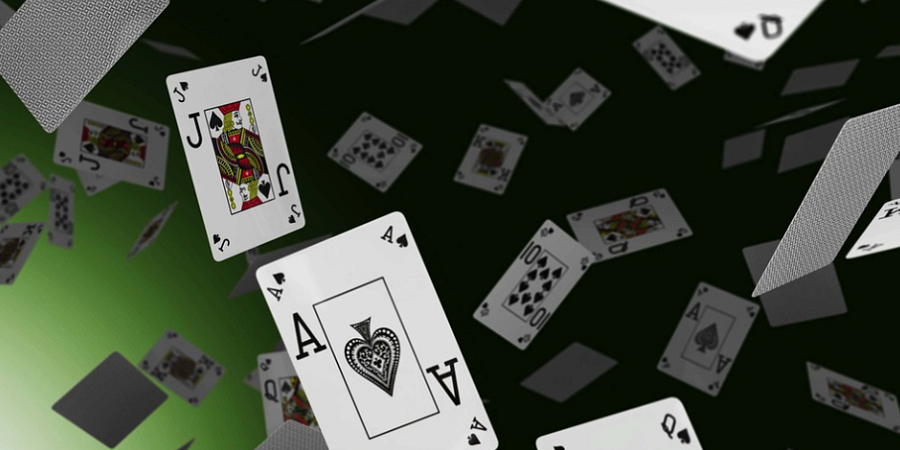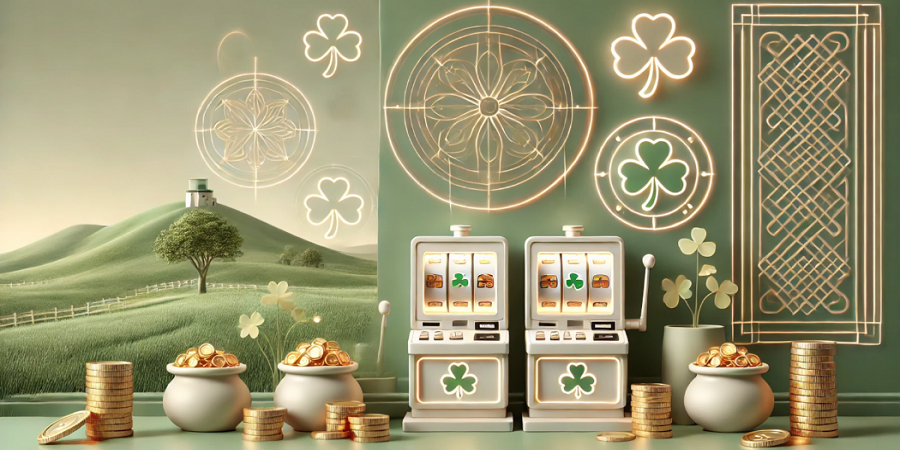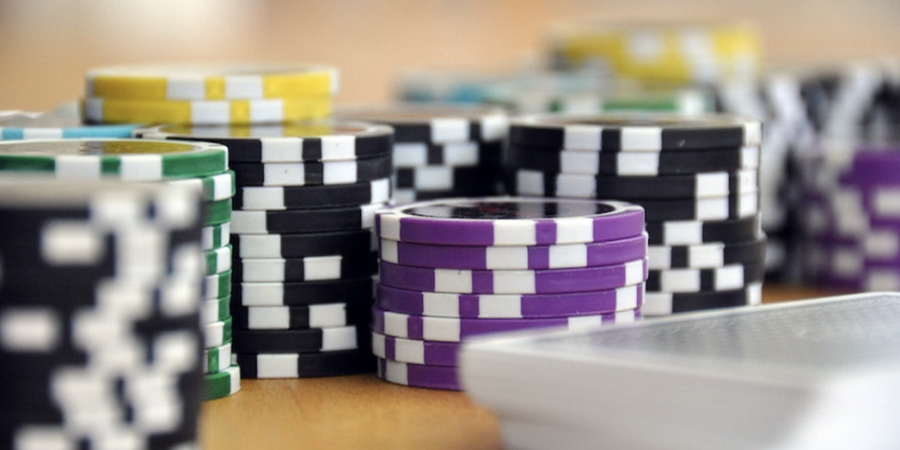Blackjack has remained popular for centuries all around the world. Players enjoy the freedom to decide how they want to play each hand, rather than leaving everything up to chance. The allure of beating the dealer has led some to card counting, which casinos try to discourage through various prevention and disruption techniques. Blackjack has gone through many changes in its long existence. Learn five interesting facts about blackjack, one of the most popular casino card games.
From Origins Unknown
Nobody is sure whether the game originated in France or Italy. Both countries claim to have created the game, with possible roots in the French game “Vingt et un” as well as Italian games “Sette e mezzo” and “Thirty-one.”
Vingt et un, which directly translates to 21, dates to the 1600s. The name “blackjack” came from the best hand to get while playing Vingt et un — an ace and a jack of spades.
In the Italian game Thirty-one, the goal was to get as close as possible to the number 31. This game dates back to the 1400s. Sette e mezzo, or Seven and a Half, originated in the 1600s. It involves taking the cards between eight and 10 out of the deck, and playing against a dealer to get as close as possible to the number 7 1/2. Face cards counted as a half, aces counted as one, and cards two to seven counted as their face value.
Also Known As
Around the late 1800s, blackjack — or Vingt et un — had become more popular than any other casino card game in Europe. In England, the game was called “Van John.” In Germany, it was “Ein-und-Zwanzig,” or one and 20. In Australia, the game was known as “Pontoon.”
The Allure of the Game
Vingt et un’s appeal was that it was considered a game of skill rather than a game of chance. Players could make hit-or-stand decisions with Vingt et un, with less decision making in other popular casino card games at the time.
When playing blackjack, a player can always decide how to play the hand. Professional gamblers look for games where their decisions are important — such as in poker or blackjack — because skill is involved in making the correct decisions, and this skill can lead to earning money from the game.
Different Rules Around The World
When the dealer gives two cards to each player, the position of the cards varies from one casino to the next. The cards may both be dealt face down, both face up, or one up and one down. Two cards are dealt to the dealer’s hand, one up and one down. In British casinos, the dealer will deal the last card face up only after all transactions are complete.
In American blackjack, players are given two cards which are visible to everyone. The dealer gets two cards, one face up and one face down. If anyone has hit blackjack — that is, the two cards are an ace and either a face card or a 10 — the game is over and the individual is paid out. If the player has any other combination of cards, the individual is asked to “hit” or “stand.” Hitting will give you another card, and standing will leave you with the cards you have, which may or may not be enough to beat the dealer’s hand.
Illegalities of the Game
During the early 1800s, all banking games — where the player bets against the house — were made illegal. Blackjack was forced underground and continued to remain popular, eventually becoming the game we play today. It remained illegal until 1931, when Nevada legalized gambling and blackjack quickly returned to being a favorite casino card game.
Shortly after, books teaching card counting and strategies on how to beat the dealer became popular. Although card counting isn’t considered illegal, it isn’t appreciated. Casinos can legally deny service to any player who has an unfair advantage over the house.
To prevent players from card counting, casinos now have what is known as the “eye in the sky”; these surveillance cameras are monitored by highly trained security personnel whose job is to catch cheaters. The pit boss, the person in charge of the gaming tables, may offer a free meal or room to the player in an effort to get the suspected card counter to leave the seat at the table. The pit boss may switch the dealer to one who is better trained to deal with card counters by dealing quickly.
If the casino is convinced that someone at the table is counting cards, the pit boss may call for a forced shuffle. Normally, after the deck is cut, a yellow card is inserted into the bottom quarter of the deck to signal when the dealer should shuffle. If a forced shuffle is called for, the player would need to start counting all over again. The casino can also raise the minimum bet for the table, which may raise the bet amount from a number the player is comfortable with to a number the player is not. All of these methods are used before the casino will ask the player to leave.
Beating the dealer with skill rather than by chance is what made blackjack so appealing in the first place. Whether the game is being played to 21, 31, or 7 1/2, this card game has remained a popular one for centuries.










